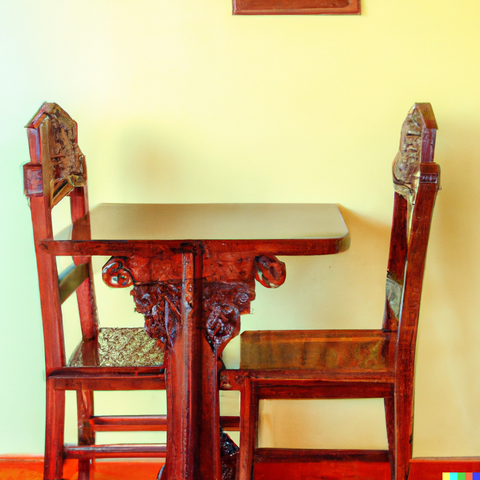Restoring Vintage Wooden Furniture
Vintage wooden furniture holds an inherent charm and character that cannot be replicated by modern pieces. The rich history, craftsmanship, and exquisite detailing make these pieces irreplaceable and highly sought after. However, years of wear and tear can leave them dull, faded, and in dire need of restoration. In this comprehensive guide, we will explore the art of restoring vintage wooden furniture, step-by-step techniques, and essential tips to bring their timeless beauty back to life.

Pre-Restoration Preparation:
Before we embark on the journey of restoring vintage wooden furniture, it is vital to gather some essential tools and materials. These include a safety mask, goggles, gloves, sandpaper (in various grits), sanding blocks, wood glue, wood putty, brushes, a paint scraper, paint stripper, mineral spirits, a tack cloth, and varnish or wax for finishing. It is advisable to work in a well-ventilated area and protect your workspace with drop cloths or newspapers.
Assessing the Original Condition:
Begin the restoration process by assessing the original condition of the vintage piece. Examine its structure, identifying any loose joints, missing parts, or broken elements. Inspect the wood for signs of damage, rot, or insect infestations. It is crucial to document these issues meticulously as they will guide the subsequent restoration steps.
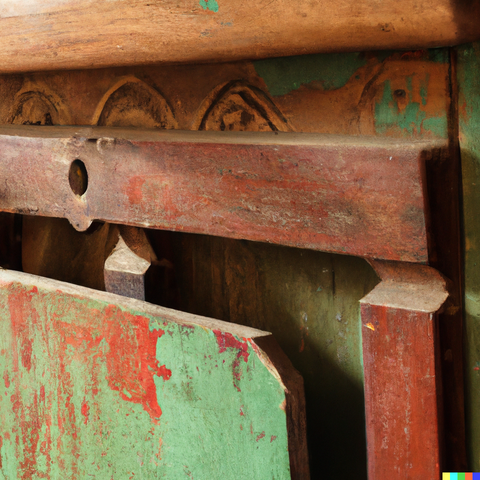
Cleaning and Stripping:
The first step in restoring vintage wooden furniture is cleaning and stripping away layers of grime, dirt, and old finishes. Start by removing any hardware or accessories, such as handles or decorative elements. Use a mild soap solution and a soft brush to gently clean the piece, ensuring not to saturate the wood. Once clean, proceed to strip away old varnish, paint, or stain using an appropriate paint stripper. Apply the stripper following the manufacturer's instructions, then use a paint scraper to remove the softened finish.
Repairing and Rebuilding:
After stripping the vintage piece, thoroughly inspect it for any structural issues. Repair loose joints by applying wood glue to the areas of separation, ensuring to hold them in place until the adhesive sets. For missing or broken parts, use wood putty or epoxy to recreate them, carefully shaping and sanding them to match the original design. This step is crucial in maintaining the integrity and functionality of the piece.
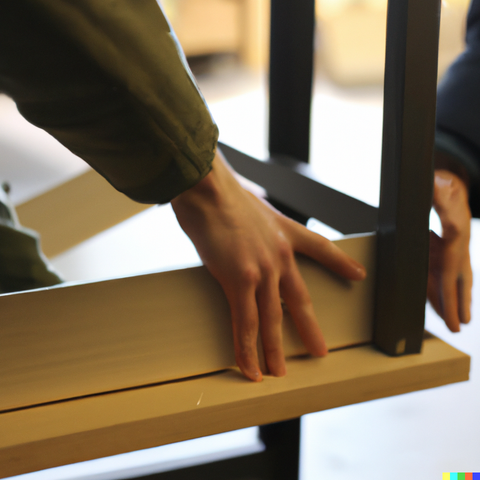
Sanding and Refinishing:
Once the repairs have set, it is time to sand the entire vintage wooden furniture piece. Begin with a coarse sandpaper (around 80-100 grit) to remove any remaining old finish and smooth out imperfections. Progressively move to finer grit sandpapers until you achieve a smooth surface. Remember to sand along the wood grain to avoid creating scratches or marks. After sanding, use mineral spirits to clean and remove any residual dust.
Choosing the right finish for vintage wooden furniture is essential for preserving its original beauty. Whether opting for varnish or wax, ensure it is compatible with the type of wood. Apply the chosen finish with a brush, following the wood's grain, and allow it to dry according to the manufacturer's instructions. Repeat this process, applying multiple thin layers, to achieve a durable and lustrous finish. For antique pieces, consider preserving the patina and signs of age, as they add to their character and charm.
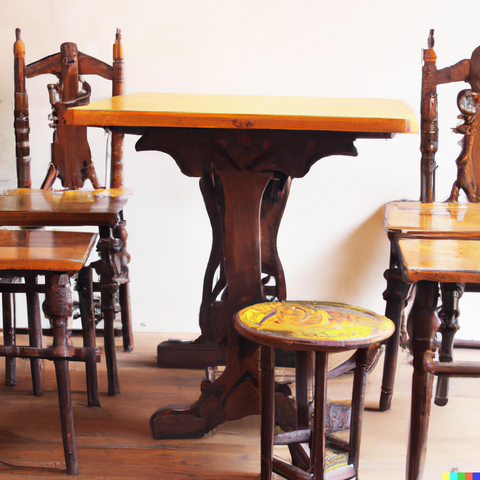
Final Touches and Maintenance:
After the restoration process is complete, reattach any hardware and accessories that were removed. Ensure they are securely fastened, adding any necessary reinforcements. Finally, give the vintage wooden furniture piece a final inspection, checking for any missed areas or imperfections that require further attention.
To maintain the restored vintage wooden furniture's beauty and longevity, proper care is crucial. Avoid placing these pieces in direct sunlight or near heat sources, as excessive exposure can cause the wood to warp or fade. Dust regularly using a soft cloth or a vacuum cleaner with a brush attachment. Waxing or polishing every few months will help preserve the finish and enhance the wood's natural shine.
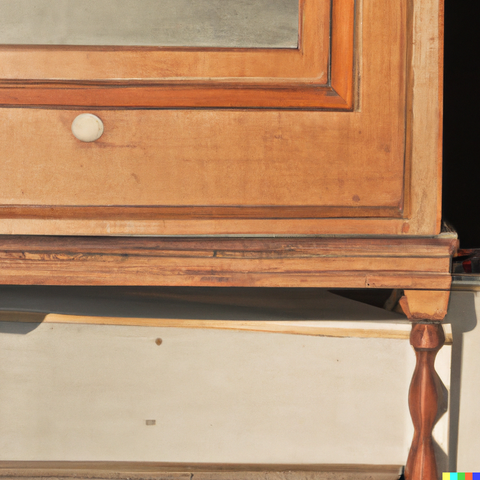
Restoring vintage wooden furniture is an art form that brings new life to pieces with incredible historical and aesthetic value. Patience, attention to detail, and a passion for preserving the past are indispensable when undertaking this endeavor. By following the steps outlined in this guide, you can revive and showcase the timeless beauty of vintage wooden furniture, ensuring its preservation for future generations to admire and enjoy.
